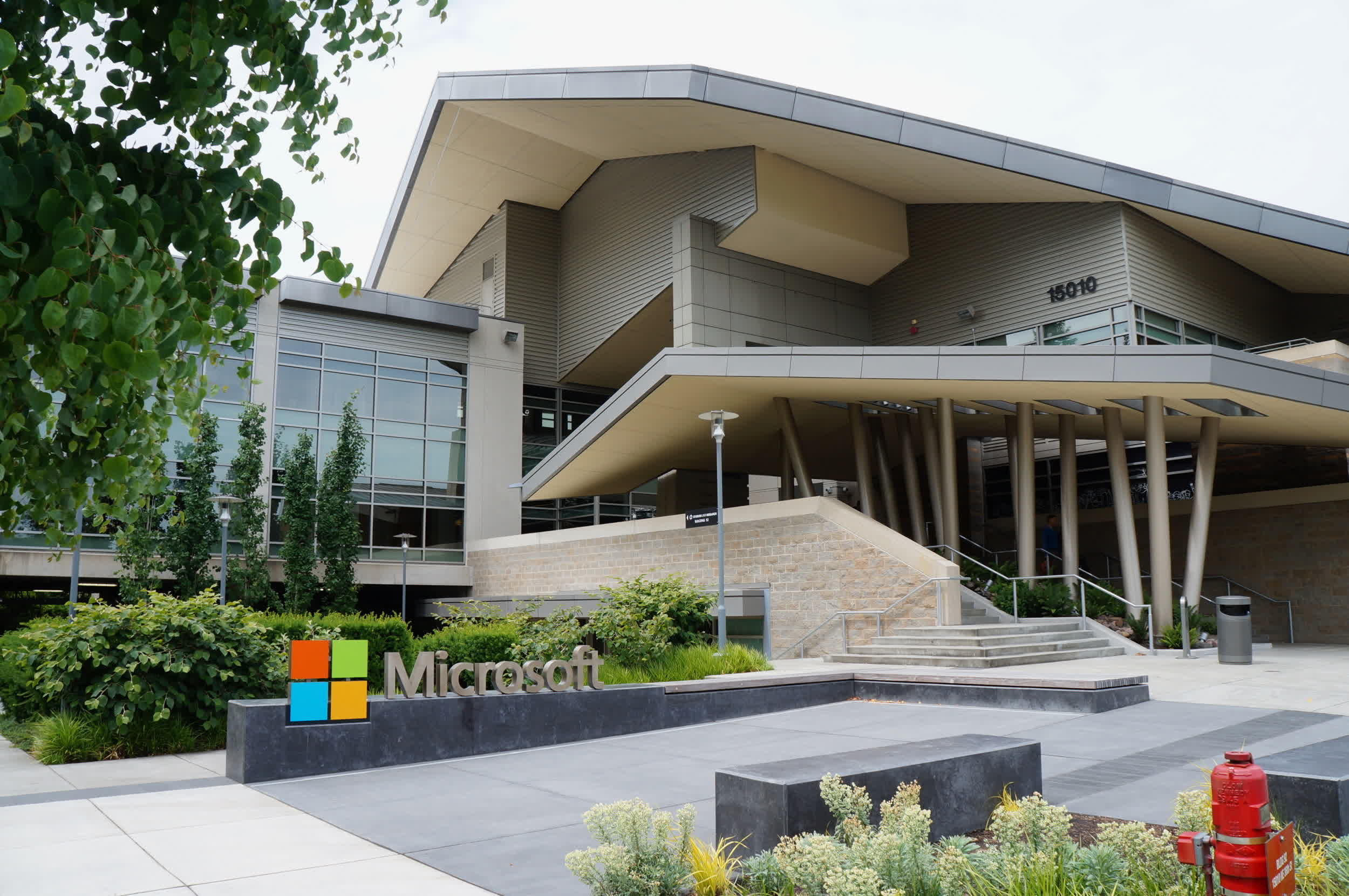TL;DR: Traditional desktop and server editions of Windows 11 have surprisingly high system requirements, making it impossible to install newer versions of the OS on older PCs. However, Microsoft has released a more compact version of Windows for IoT devices, theoretically providing Windows enthusiasts with Enterprise licenses new modding opportunities.
Microsoft recently released the official ISO images for Windows 11 LTSC 2024, the latest version of the company's operating system designed for enterprise customers requiring longer support periods. LTSC editions of Windows are intended for companies that prefer to avoid frequent updates and new features, unlike "regular" PC consumers. The "IoT Enterprise" variants offer the same Windows consumer edition but can theoretically be installed on older systems.
Modders recently confirmed a neat trick to install the Windows 11 IoT Enterprise LTSC OS on unsupported PCs, bypassing system requirement checks during the installation process. According to Microsoft, the IoT Enterprise LTSC edition of Windows 11 is designed for "specialty devices and use cases" where the operating system features must remain consistent throughout a device's entire lifetime.
IoT devices eligible for Windows 11 LTSC installation are typically found in specific industries such as banking, healthcare, hospitality, manufacturing, and retail, Microsoft says. The corporation developed the IoT Enterprise edition with these use cases in mind, offering a 10-year support period without additional consumer-grade features installed during the system's lifecycle.

Windows 11 IoT Enterprise LTSC 2024 includes significant improvements for security and applications, making Microsoft Edge the default browser and removing Internet Explorer 11 permanently. Compared to the desktop and server versions of Windows, the official system requirements for IoT Enterprise LTSC 2024 are noticeably lenient, no longer forcing users to install the OS on cutting-edge PC hardware.
The new LTSC OS can be installed on systems with less than 4GB of RAM, a basic solid-state drive, or even a slow hard disk drive or hybrid drive with 16GB of storage space. UEFI firmware and a TPM 2.0 chip are not required, while API support can go down to DirectX 10 (from DirectX 12) or none at all. A display is entirely optional, with preferred requirements including at least a 720p, 9-inch screen.
The OS can essentially run on minimal hardware, bringing some of the best under-the-hood improvements of the Windows 11 architecture to lesser machines. Interested users will need to acquire an Enterprise license from Microsoft or explore some well-known unofficial methods to test the stripped-down Windows 11 IoT experience.
